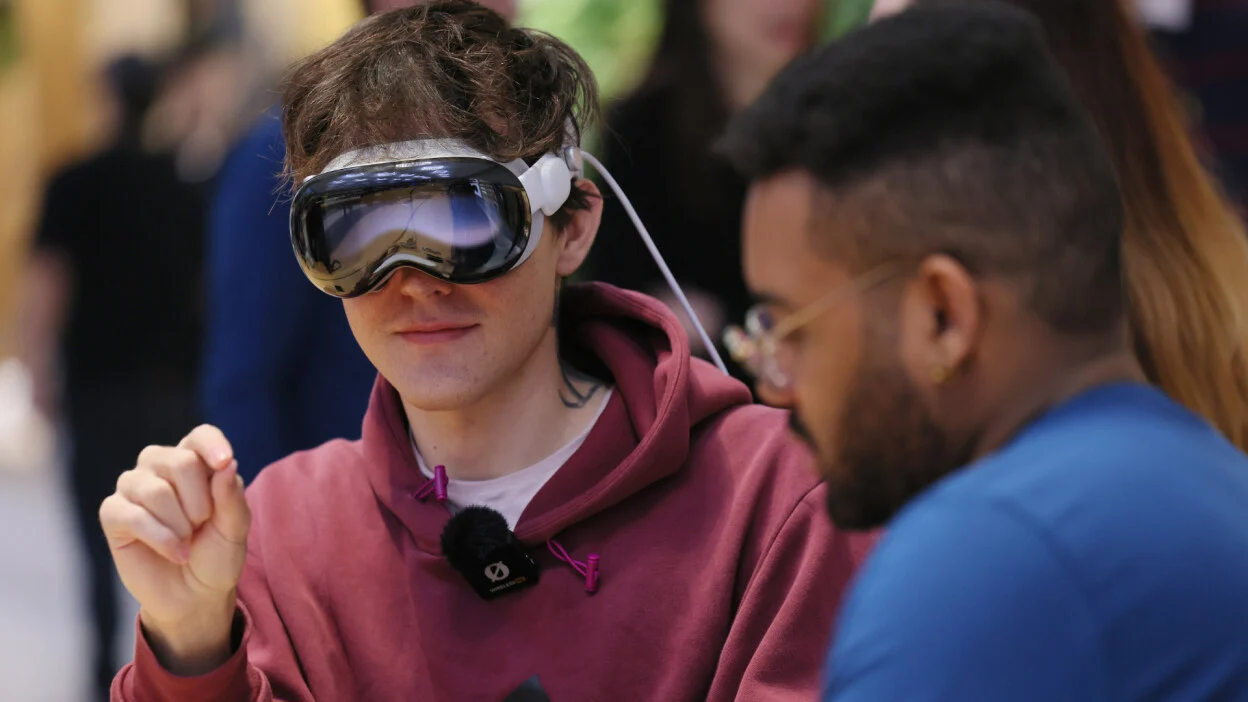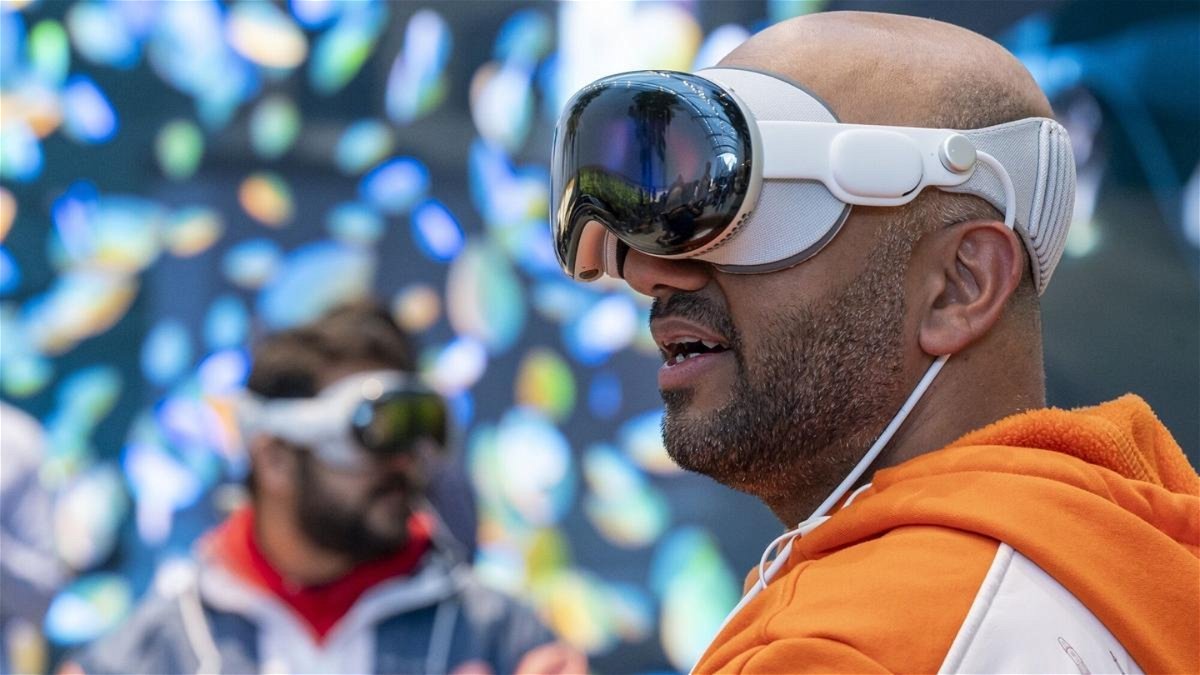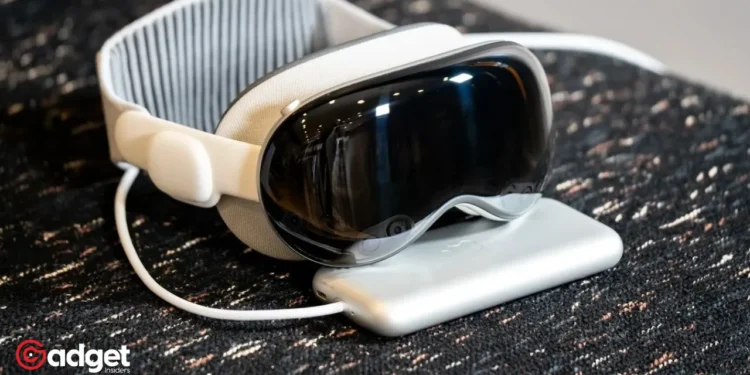Apple Vision Pro has been making waves in the tech community, not only for its groundbreaking features but also for the unexpected challenges it has presented to its early adopters. The Apple Vision Pro, with its hefty price tag of $3,500, promised a revolutionary experience. Yet, some users are finding the reality falls short of expectations, leading to a notable number of returns.
This development raises questions about wearable tech’s adaptability and its integration into our daily lives and work.

Comfort vs. Innovation: A Balancing Act
One of the primary reasons cited by Apple Vision Pro users for returning the device is comfort—or the lack thereof. Despite its innovative features, the Apple Vision Pro has been reported to cause headaches, motion sickness, and even physical discomfort due to its weight and design.
Parker Ortolani from The Verge highlighted a particularly concerning experience, where he believed the device led to a burst blood vessel in his eye, a sentiment echoed by others experiencing redness and discomfort.
Ortolani’s experience underscores a significant challenge in wearable technology: designing devices that accommodate the diverse physical characteristics of the human body.
The discomfort associated with the Apple Vision Pro, much like the issues faced by users of other wearable tech like smartwatches and smart rings, points to the inherent difficulty of creating a one-size-fits-all device.
Apple Vision Pro users return $3.5K headsets, say they cause extreme headaches, motion sickness: ‘Like a torture session’ https://t.co/9GYCjjEhDS pic.twitter.com/D1fz0ObtGQ
— New York Post (@nypost) February 15, 2024
The Productivity Paradox
Beyond physical comfort, the Apple Vision Pro’s value proposition in terms of productivity has been another area of contention. Users have taken to platforms like Threads and Reddit to voice their concerns over the device’s utility in their professional and personal lives.
Complaints range from the difficulty of navigating through the interface, and lack of support for various file types, to more fundamental issues like the device not enhancing productivity or providing enough entertainment value to justify its cost.
Carter Gibson’s critique highlights a critical gap in the Apple Vision Pro’s offering: the cumbersome nature of multitasking and file management within the device’s ecosystem. The expectation of a seamless, Minority Report-like interaction with digital content falls short when faced with the practicalities of day-to-day tasks and compatibility issues.
Apple Vision Pro: Looking Ahead
Despite the setbacks, there remains a sense of optimism among some of the Apple Vision Pro’s early adopters. The readiness to return the first-generation device is often accompanied by an eagerness to see what a second-generation Apple Vision Pro might offer.
This openness suggests that the issues at hand are not seen as insurmountable but rather as growing pains in the evolution of wearable tech.

The feedback from these early adopters is invaluable, offering Apple insights into the practical challenges and limitations of integrating such advanced technology into everyday life. It highlights the importance of not only pushing the boundaries of what technology can do but also ensuring that it aligns with the needs, comforts, and expectations of its users.
As we look to the future, the Apple Vision Pro’s early return rates and the reasons behind them serve as a crucial learning point for Apple and the tech industry at large. The balance between innovation and user comfort, between cutting-edge technology and practical utility, remains a delicate one.
The next iterations of devices like the Apple Vision Pro will need to address these challenges head-on, ensuring that the marvels of technology can be seamlessly and comfortably integrated into our lives, enhancing not only how we interact with digital content but also how we live, work, and play.
In the meantime, the tech community watches closely, hopeful for a future where devices like the Apple Vision Pro can truly deliver on their promise, offering a glimpse into a future where technology and humanity are in perfect harmony.









